Bare-Eyed (Little Corella) Cockatoo: Bird Species Profile
Updated on 04/26/24
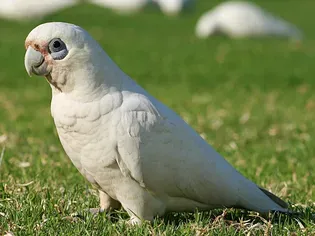
Unveiling the Bare-Eyed (Little Corella) Cockatoo: A Comprehensive Guide to an Intriguing Bird Species
Introduction
Prepare to embark on an avian adventure as we delve into the fascinating world of the Bare-Eyed (Little Corella) Cockatoo. From its distinctive appearance to its complex social behaviors, this bird species will captivate nature enthusiasts and bird lovers alike. Join us on this comprehensive journey as we explore the intricate details of this remarkable creature.
Physical Characteristics and Appearance
The Bare-Eyed Cockatoo is a medium-sized parrot with a striking appearance. Its most prominent feature is its bare, white eye-rings, which give it a distinctive and somewhat comical expression. The body feathers are predominantly white, with a faint pinkish tint on the underparts. The beak is black and curved, while the legs and feet are gray.
Size and Weight:
* Length: 40-50 cm (16-20 inches)
* Weight: 500-800 grams (1.1-1.8 pounds)
Geographic Distribution and Habitat
Bare-Eyed Cockatoos are native to Australia and can be found in a variety of habitats, including open woodlands, savannas, and grasslands. They are highly adaptable birds and have successfully colonized urban areas, becoming common sights in parks and gardens.
Diet and Feeding Behavior
These cockatoos are primarily granivorous, meaning their diet consists mainly of seeds. They have strong beaks that allow them to crack open tough seed pods. In addition to seeds, they also consume fruits, insects, and nectar. Bare-Eyed Cockatoos are highly social feeders and often forage in large flocks.
Social Behavior and Communication
Bare-Eyed Cockatoos are highly social birds that live in large flocks. They have a complex system of communication that includes a variety of vocalizations and body postures. The most common call is a raucous screech, which can be heard from a distance. They also engage in mutual preening, which strengthens social bonds within the flock.
Reproduction and Nesting
Breeding season for Bare-Eyed Cockatoos typically occurs during the spring. They nest in tree hollows or crevices in cliffs. The female lays 2-3 eggs, which she incubates for about 28 days. The chicks fledge at approximately 2 months of age.
Conservation Status
The Bare-Eyed Cockatoo is considered a species of least concern by the International Union for Conservation of Nature (IUCN). However, their populations have declined in some areas due to habitat loss and competition with introduced species.
Unique Adaptations and Behavior
* Feather Tossing: Bare-Eyed Cockatoos engage in a peculiar behavior called feather tossing. They hold a feather in their beak and toss it up and down, often while making a rattling sound. The purpose of this behavior is not fully understood but may be related to courtship or social bonding.
* Communal Roosting: These cockatoos roost communally at night in large trees or other sheltered areas. They huddle together for warmth and protection from predators.
* Acrobatic Feeding: Bare-Eyed Cockatoos are highly adept at maneuvering their bodies while feeding. They can hang upside down from branches or perform other acrobatic feats to access food sources.
Conclusion
The Bare-Eyed (Little Corella) Cockatoo is a remarkable bird species that displays a captivating combination of physical characteristics, social behaviors, and unique adaptations. Its bare eye-rings, distinctive vocalizations, and intricate social interactions make it a fascinating subject for observation and study. By understanding the complexities of this species, we gain a greater appreciation for the beauty and diversity of the avian world.
Explore More Pets
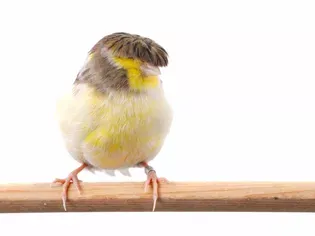
Small Bird Breeds
Gloster Canary: Bird Species Profile
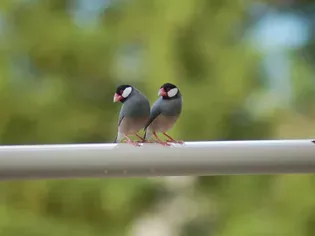
Small Bird Breeds
Java Finch: Bird Species Profile
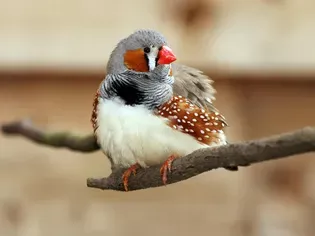
Small Bird Breeds
Zebra Finch (Chestnut-Eared Finch): Bird Species Profile
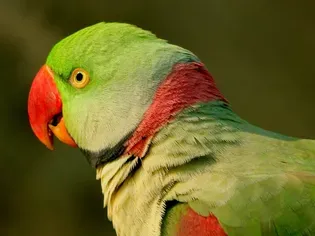
Small Bird Breeds
Alexandrine Parakeet: Species Characteristics & Care
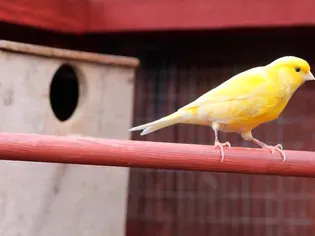
Small Bird Breeds
Canary: Bird Species Profile
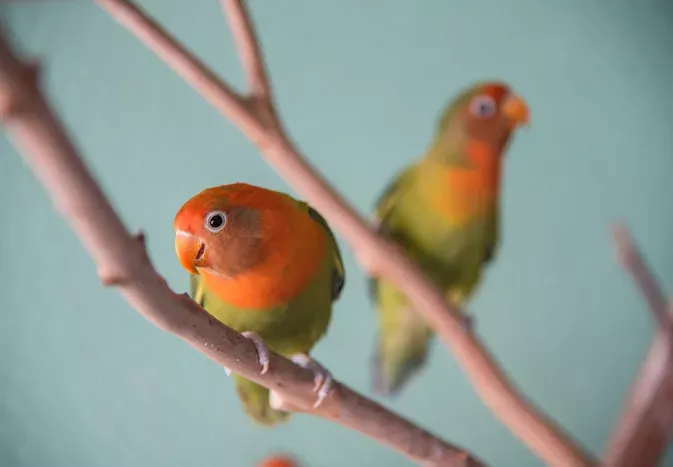
Small Bird Breeds
Lovebird (Pocket Parrot) Species Profile
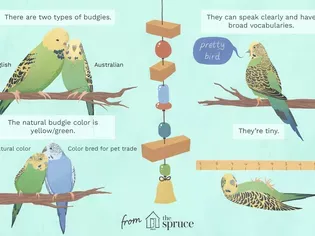
Small Bird Breeds
A Guide to Pet Budgie Birds
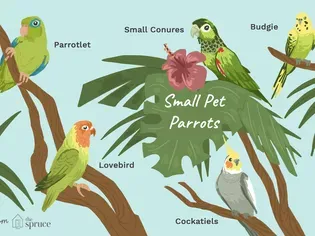
Small Bird Breeds
Types of Small Parrots